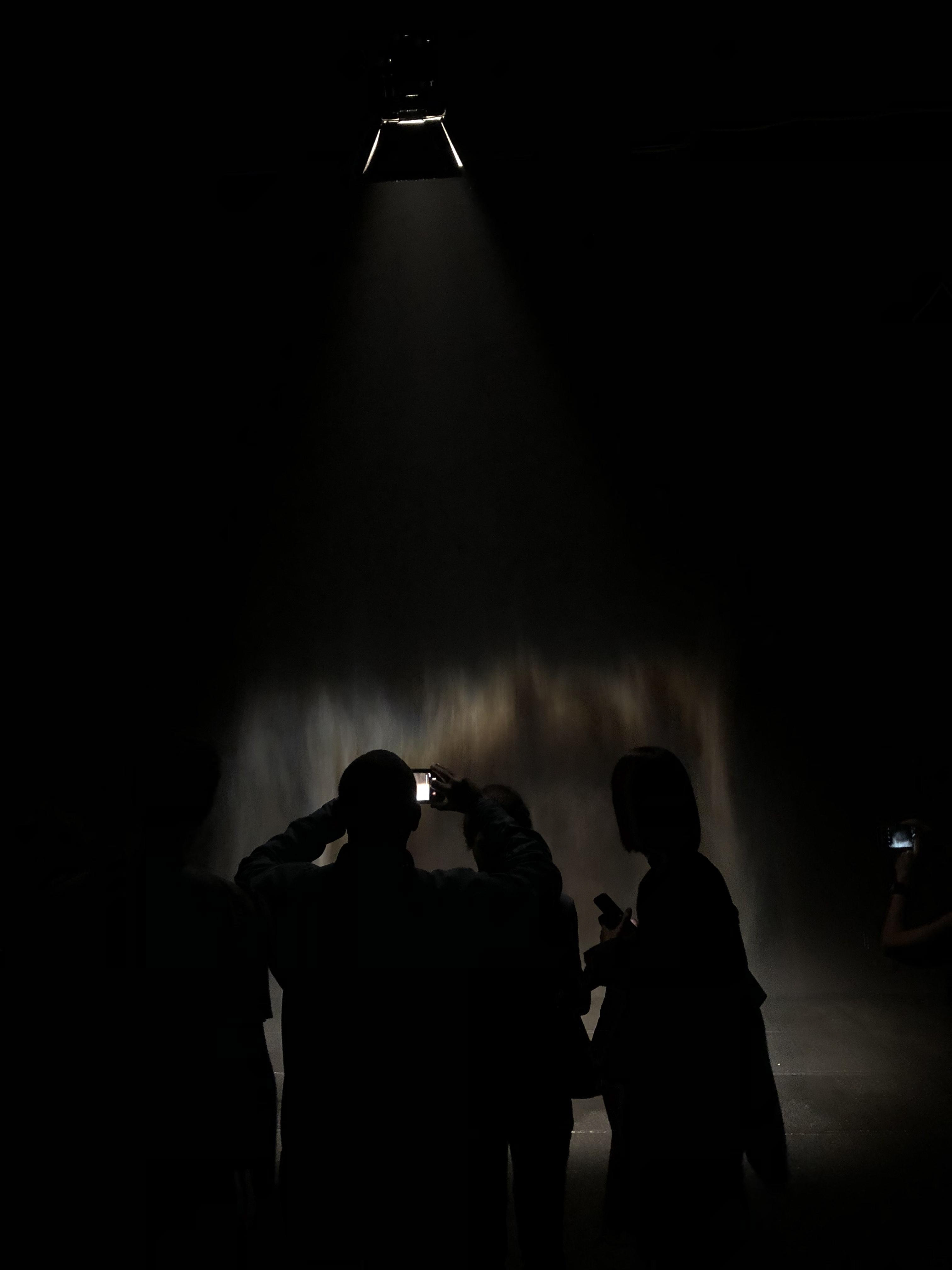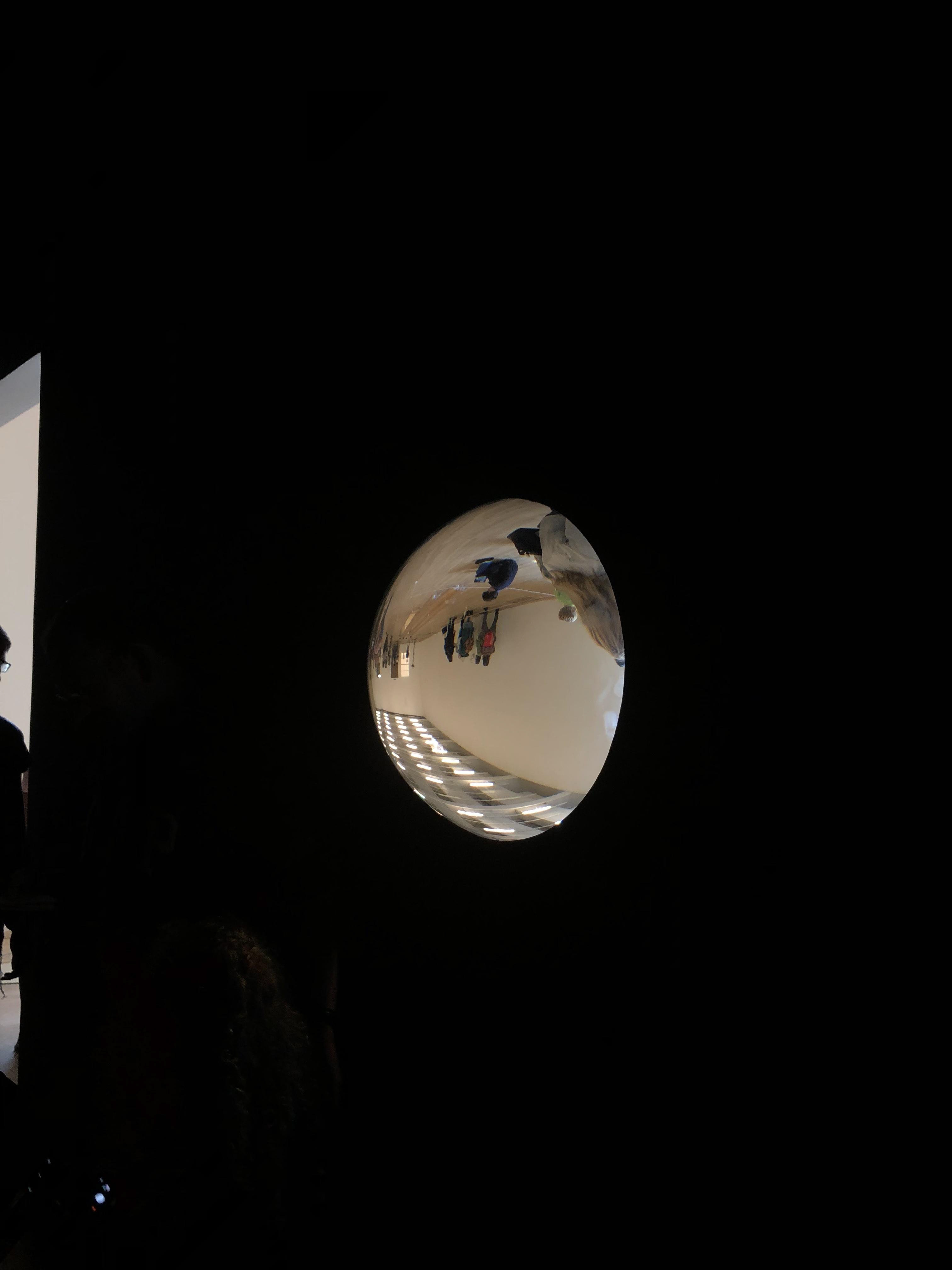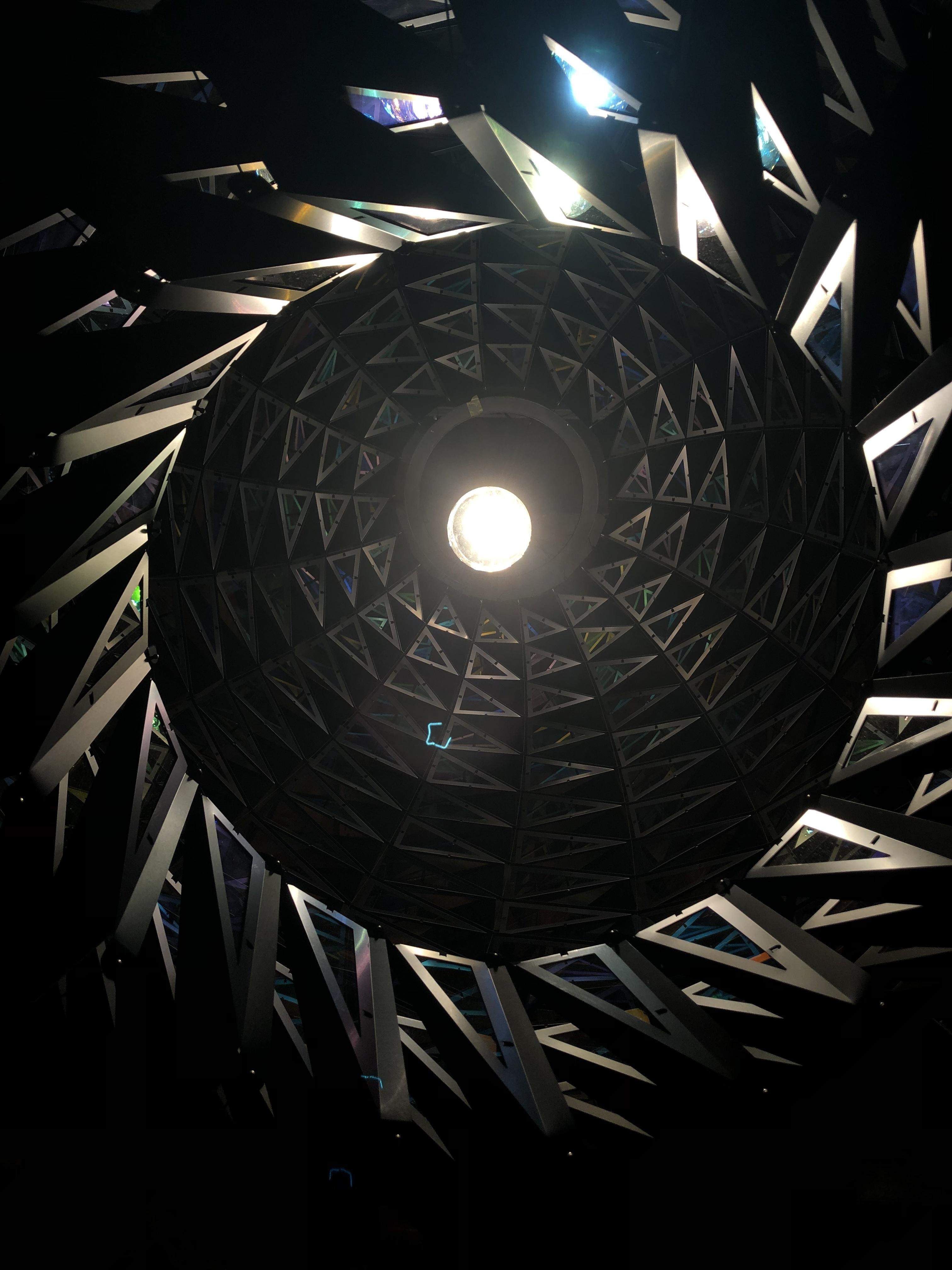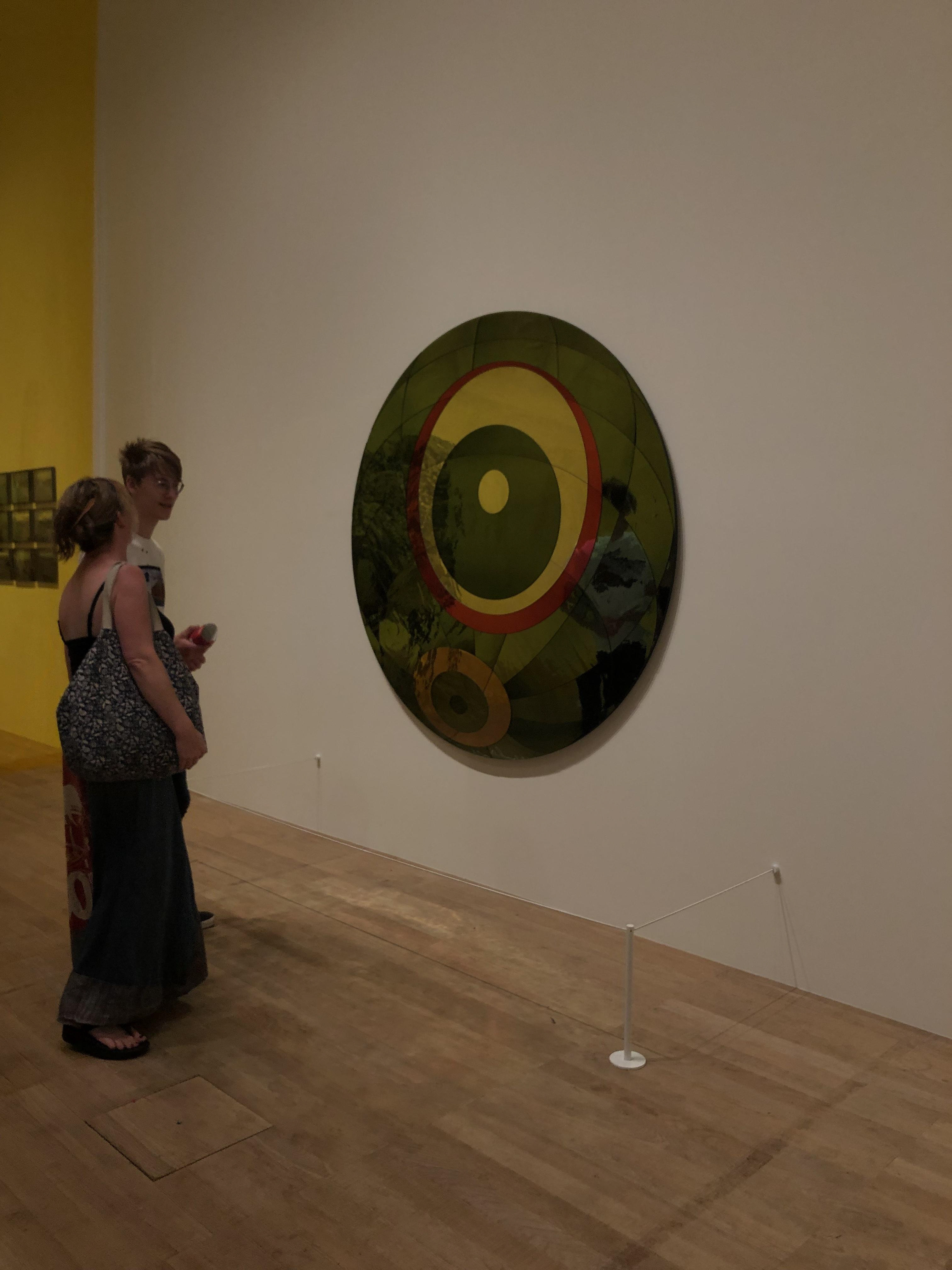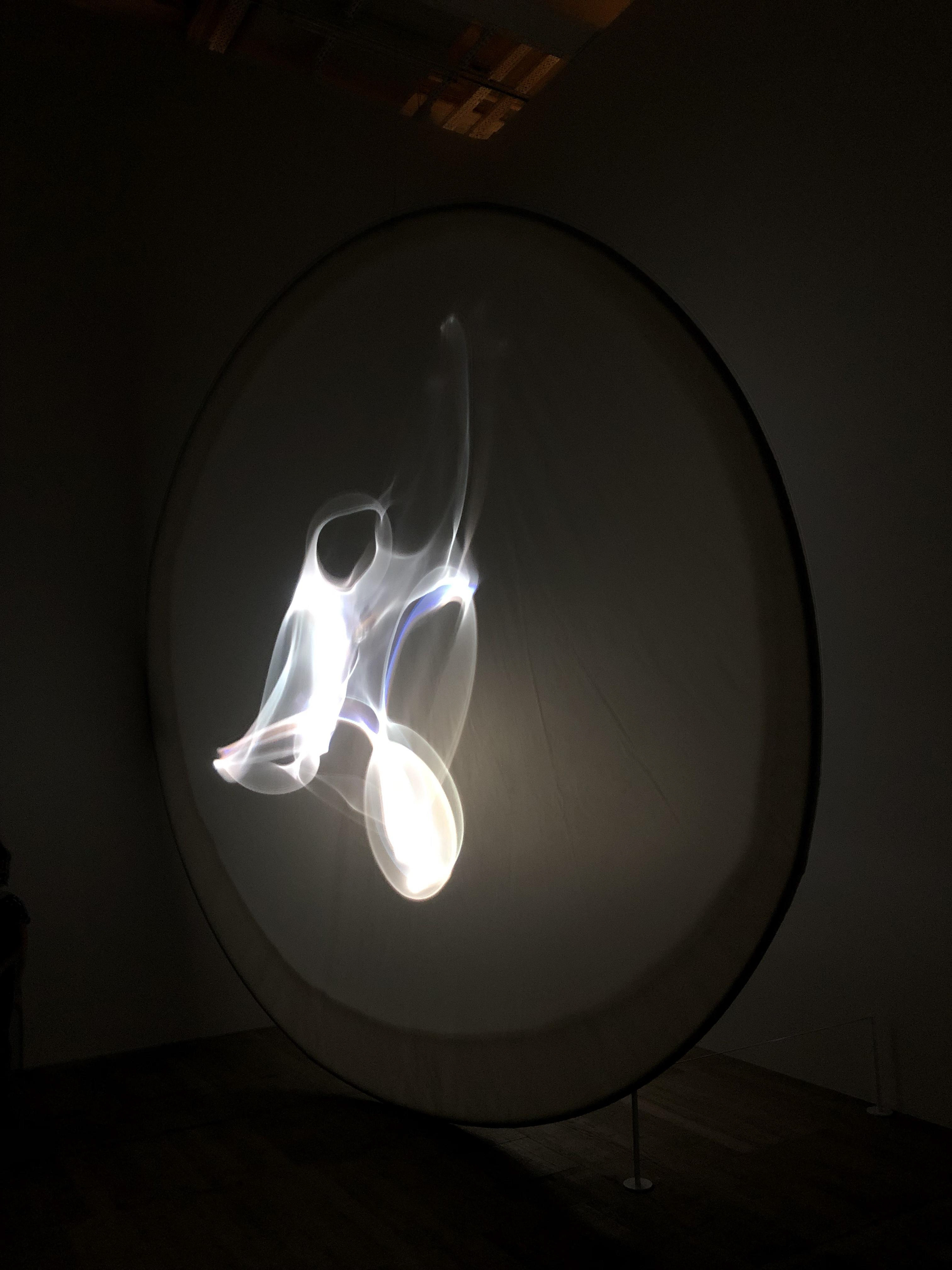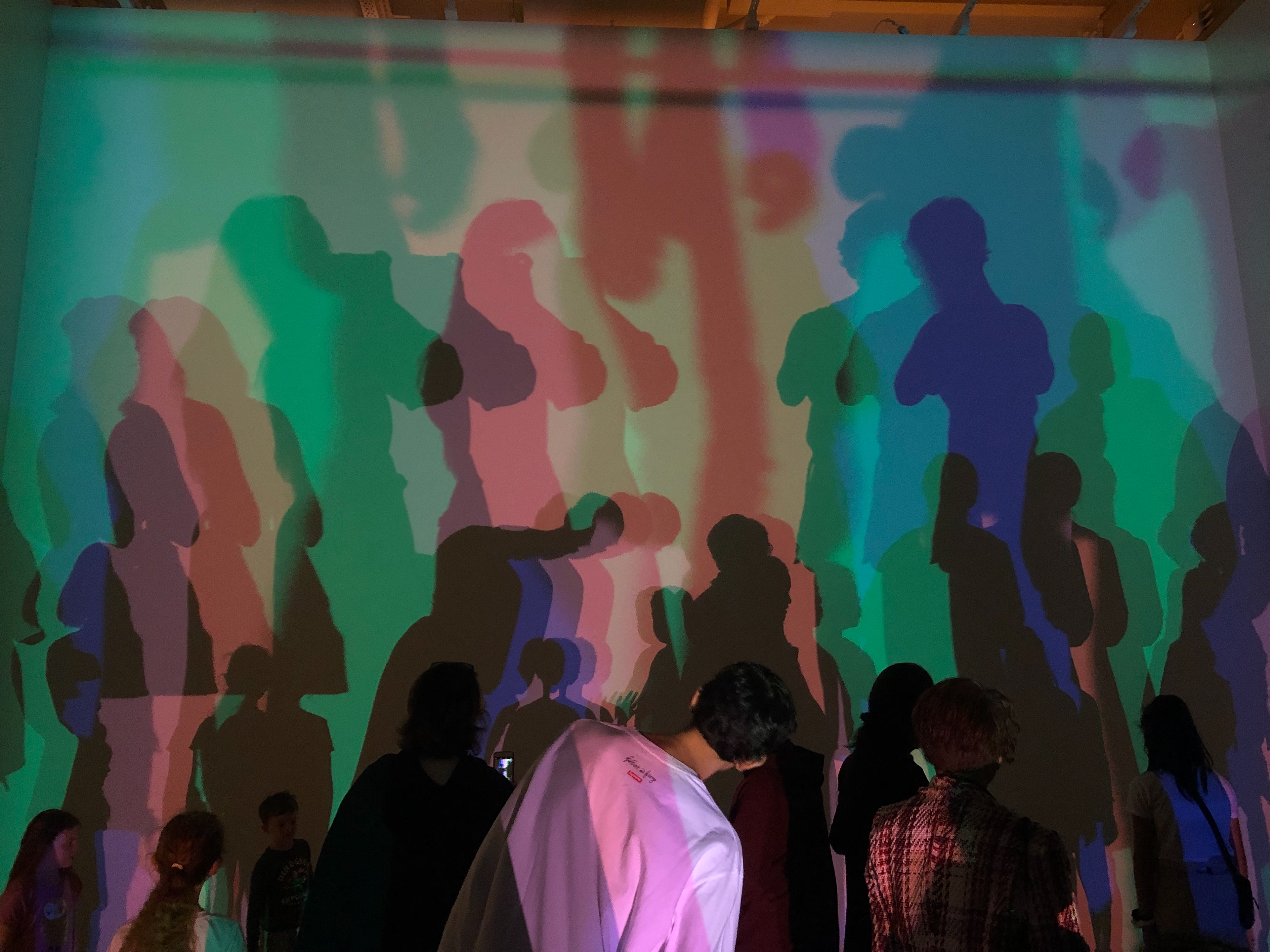Olafur Eliasson
Eliasson had spoilt us yet again with a phenomenal exhibition at the Tate, London. It is not an unknown fact that Eliasson is one of my favourite artists of all time to research and take influence from, but this appreciation is all in relation to his theory behind his creation. His necessity to create for others to experience is very important. Not to say Eliasson is the only artist who has ever created with audience participation in mind, but his work immerses us differently to that of others; this is what makes his work so special.
Evident throughout this exhibition his desire to create a narrative of experience was on display. A couple of pieces that will be mentioned throughout this post are the pieces that stood out to me the most. Starting with the room that inhabited his maquettes. As an artist, I focus on shape illumination to create a flooded environment of light, once the light is removed from the space all is left unveiled is an abundance of geometric skeletons either hung or rested. The forms I have begun creating are nested pieces. Shapes tangled together to create a suspended object. Witnessing his glass cased display of his shape maquettes was an honour. Any art piece must start from somewhere and being able to see the very early prototype (that many other artists discard of) that is soon developed into a large form allows us as viewers to understand Eliasson’s precious process. Having this situated at the very beginning of the exhibition allowed for the imagination to take over; what is to be expected next?
Another piece that completely blew me away was the fog tunnel. 30 feet (?) in length, this tunnel flooded its surroundings with non-toxic fog. After a certain distance the light changed hue displaying a variation of colour. Whether he used his infamous mono-frequency lamps as one of the colours- a yellow tone light changed the way we saw. To expand: the light altered the way I saw by and I can only describe this in a photographic sense, upping the contrast of everything. I held out my hand and looked at my tattoos, everything became bolder and for a split second, lost. The fog hid the detailing of the surrounding space. Your consciousness of ‘where to step next’ was lost. I often found myself swaying off course and walking closely to the right side of the long corridor because I couldn’t see ahead of me. My eyes only locked on to others if they were within a reasonable distance because they slowly dispersed into the smoky horizon only to be seen again once out of the corridor.
Eliasson truly displayed a variation of experiential installations to a well-executed manner. The only downfall was the influx of people. For me, my experience was slightly less enjoyed when children were running around. Yet I can’t blame those for wanting to see an Eliasson. His work is most definitely needed to be experienced in a less crowded environment. I could’ve spent ages in his installations, and I would have if I weren’t being ushered on so quickly by the family behind me.
For anybody who is wanting to experience art on a more personal-immersive basis, check out Eliasson and read about him.
Without Eliasson-there would be no fog tunnel.


